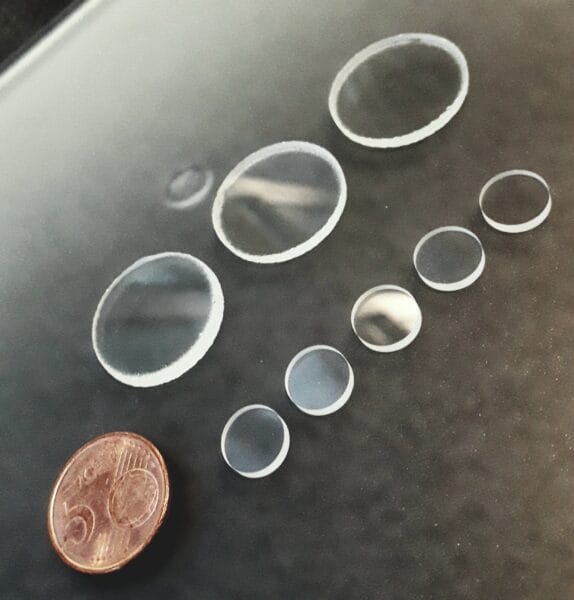The Basics of Chemically Strengthened Glass
Chemically strengthened glass, also known as chemically tempered glass, undergoes a special treatment process to increase its strength and resistance to damage. Unlike traditional thermal tempering, which involves heating and cooling the glass, chemical strengthening relies on ion exchange to achieve its enhanced properties.
This process makes the glass more resistant to scratches, impacts, and thermal stress. As a result, chemically strengthened glass is widely used in applications where safety and durability are paramount, such as in smartphones, architectural elements, and automotive components.
The Ion Exchange Process
The core of chemically strengthening glass lies in the ion exchange process. This involves immersing the glass in a molten salt bath, typically containing potassium nitrate (KNO3). The glass is kept in this bath at a high temperature, usually around 400-450°C, for a specific duration.
During this time, smaller sodium ions (Na+) in the glass surface are replaced by larger potassium ions (K+) from the salt bath. This exchange creates a layer of compressive stress on the glass surface, which significantly enhances its strength and durability. The depth of this compressive layer can vary depending on the treatment duration and temperature.
Advantages of Chemically Strengthened Glass
Chemically strengthened glass offers several advantages over traditional tempered glass. One of the primary benefits is its superior strength. The ion exchange process creates a deeper compressive layer, making the glass more resistant to scratches and impacts.
Additionally, chemically strengthened glass maintains its optical clarity and surface smoothness, which is crucial for applications like touchscreens and display panels. It also has better resistance to thermal stress, making it suitable for environments with fluctuating temperatures.
Applications of Chemically Strengthened Glass
Due to its enhanced properties, chemically strengthened glass is used in a wide range of applications. In the electronics industry, it is commonly used for smartphone screens, tablets, and other touch-sensitive devices. Its scratch resistance and durability make it an ideal choice for these high-usage items.
In the architectural sector, chemically strengthened glass is used for windows, doors, and facades, providing both safety and aesthetic appeal. The automotive industry also benefits from this type of glass, using it for windshields and other critical components that require high strength and clarity.
Quality Control and Testing
At Lasimyynti, we prioritize quality control and rigorous testing to ensure that our chemically strengthened glass meets the highest standards. Each batch of glass undergoes thorough inspections and testing to verify its strength, durability, and optical clarity.
We utilize advanced testing methods, such as stress analysis and impact testing, to ensure that our glass can withstand the demands of various applications. This commitment to quality ensures that our customers receive reliable and high-performance glass products.
Conclusion
Chemically strengthened glass is a remarkable material that offers enhanced strength, durability, and resistance to damage. The ion exchange process, which replaces smaller sodium ions with larger potassium ions, creates a compressive layer that significantly improves the glass’s properties.
At Lasimyynti, we are dedicated to providing top-quality chemically strengthened glass for a wide range of applications. Our commitment to quality control and rigorous testing ensures that our customers receive the best products available. Whether you need glass for electronics, architecture, or automotive applications, we have the expertise and experience to meet your needs.


